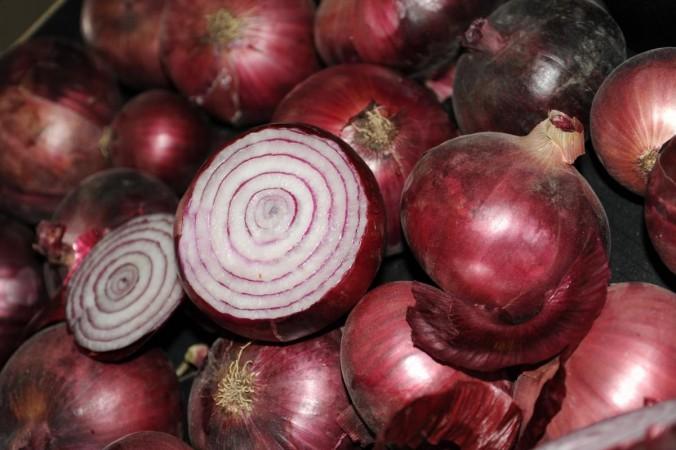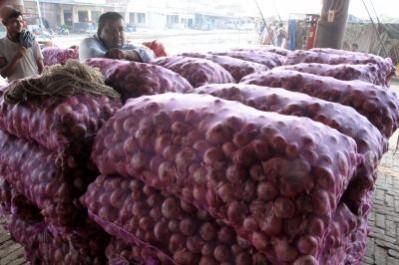
The Indian government has recently announced a significant decrease in onion prices in major cities. This drop is attributed to the government's initiative of selling onions at a subsidized rate through retail outlets. The initiative, which began on September 5, has had a noticeable impact on the cost of this staple food item in major urban areas.
The government's retail sale of onions was launched at a subsidized rate of Rs 35 per kg. This initiative was marked by the deployment of mobile vans, which began their operations on September 5. The effect of this initiative was immediate and significant. Within a span of just over a week, from September 5 to September 13, onion prices fell in Delhi from Rs 60 to Rs 55, in Mumbai from Rs 61 to Rs 56, and in Chennai from Rs 65 to Rs 58. This information was provided by the Ministry of Consumer Affairs.
The retail sale of onions was initially started through outlets and mobile vans of the National Cooperative Consumers' Federation Of India Ltd (NCCF) and the National Agricultural Cooperative Marketing Federation of India (NAFED). These operations were primarily focused on major consumption hubs such as Delhi and Mumbai.
However, recognising the success of the initiative, the government decided to extend the retail sale to other important locations like Chennai, Kolkata, Patna, Ranchi, Bhubaneswar, and Guwahati. In response to the growing demand and to further ease the prices of onions, the government decided to enhance the quantity and distribution channels. The Ministry of Consumer Affairs announced, Besides expanding the retail sale to e-commerce platforms, outlets of Kendriya Bhandar and SAFAL, bulk sales strategies are also being adopted to ensure availability of onions to the consumers at affordable prices.

In a related development, the government has removed the minimum export price (MEP) thresholds for onion and basmati rice. This move is aimed at boosting exports and increasing farmers' income. The decision also includes a reduction in the export duty on onion from 40 per cent to 20 per cent, effective from September 14. India exported 2.6 lakh tonnes of onions till July of this fiscal year. In the last fiscal, the country had exported 16.07 lakh tonnes of onions.
The Ministry of Consumer Affairs has stated that with enhanced retail and bulk sale strategies, along with the available buffer stock of 4.7 lakh metric tonnes (LMT) of onion and increased kharif sowing area as compared to the previous year, onion prices will remain under control in the coming months. The wholesale disposal of onions has already commenced in major cities such as Delhi, Mumbai, and Chennai. This will be extended to Hyderabad, Bengaluru and Kolkata in the coming days, and eventually to all state capitals.
The Centre has stated that the wholesale disposal, this time, is happening through both road transport as well as the railway network. This initiative, besides bringing logistical efficiency, will also reduce post-harvest losses. This initiative by the Indian government is reminiscent of similar measures taken in the past to control the prices of essential commodities. For instance, in 2015, the government had to intervene to control the skyrocketing prices of pulses. The government had then imported pulses and sold them at subsidised rates through retail outlets. This had resulted in a significant drop in the prices of pulses.








